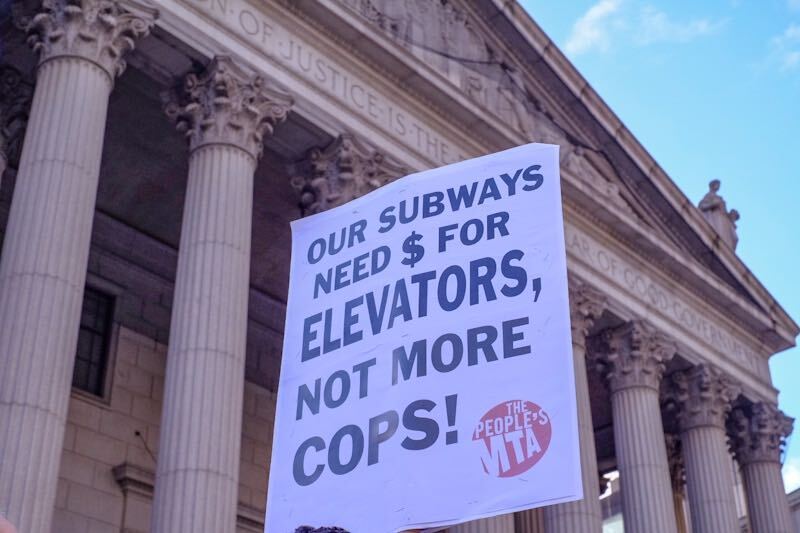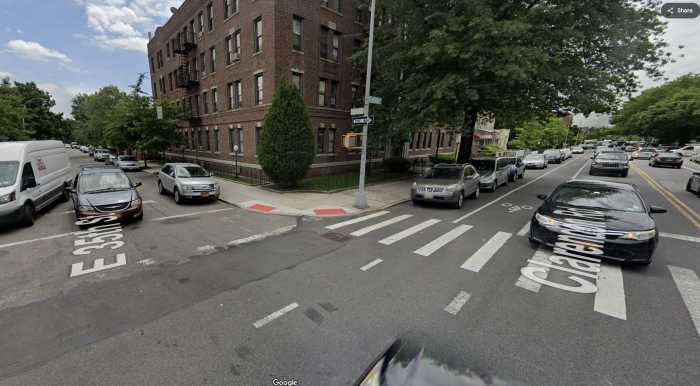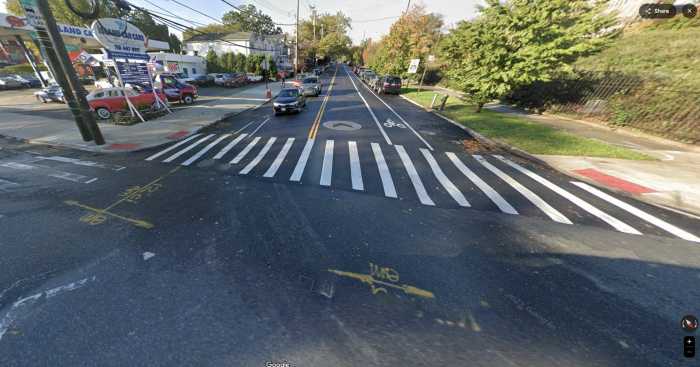A class-action lawsuit demanding that the MTA establish a timeline for accessibility improvements throughout the New York City subway system appears to have hit the end of the line.
A judge from the Southern District of New York dismissed the case Tuesday from advocates under the united banner of the Center for Independence of the Disabled (CIDNY), which made the rounds through appeals and encountered discovery obstacles along the way.
Susan Dooha, the executive director with CIDNY, told amNewYork Metro that the problem is not only elevator installations, it also comes down to maintenance which the plaintiffs contest has been neglected.
“We are very disappointed in the judge’s decision, we believe that the issue of repairs in the subway system are something that the judge should look at,” Dooha said. “We’re very concerned because it isn’t enough to put an elevator in a station if you’re not going to maintain it as an operating elevator… Not enough has been to be done to make the system accessible, but also to maintain it.”
According to court documents, the plaintiffs allege that the MTA has disregarded the 30-year-old Americans with Disabilities Act and amounted to “systemic, discriminatory exclusion.”
But the lawsuit went further in accusing the agency of neglecting their available equipment in the form of “frequent and continuous elevator outages, poor maintenance and inspection of elevators, and lack of notice or alternative accommodations during outages.”
Elevator maintenance was only one facet of the suit. Other defendants were simply requesting a timeline for the completion of 100% subway accessibility which only stands at a little over 25% of stations.
This is expected to change in the coming years as the MTA has moved a number of projects along that could make over 50% of the 472 stations in the system ADA accessible.
Many members of the class under the umbrella of the suit argued that some elevators, installed at great expense, were not truly useful; the Hoyt-Schermerhorn station on the G and A trains only takes riders to the mezzanine without offering another vertical trip to the platform after paying the fare.
Dooha says it isn’t over, however. Her organization is exploring options to take their case further in the future.
amNewYork Metro reached out to the MTA for comment and is awaiting a response.



































